Strategies For Maintaining — Or Growing — Donations Under The New Tax Law
 When the economy improves, nonprofits typically find that donations also grow. But the latest economic swing comes on the heels of a sweeping new tax law that many fear will counter that effect. The Tax Cuts and Jobs Act (TCJA) may disincentivize charitable giving for all but the wealthiest contributors. Even those donors may have less tax incentive to give, though, so nonprofits must adjust their strategies to maintain a reliable influx of dollars.
When the economy improves, nonprofits typically find that donations also grow. But the latest economic swing comes on the heels of a sweeping new tax law that many fear will counter that effect. The Tax Cuts and Jobs Act (TCJA) may disincentivize charitable giving for all but the wealthiest contributors. Even those donors may have less tax incentive to give, though, so nonprofits must adjust their strategies to maintain a reliable influx of dollars.
How the law could jeopardize donations
The TCJA makes several changes that could alter donation habits. Most relevantly, the law:
- Cuts individual income tax rates, which reduces the tax impact of deductions,
- Eliminates or limits some of the most popular itemized deductions, including the state and local tax deduction,
- Nearly doubles the standard deduction to $12,000 for individual taxpayers and $24,000 for married couples filing jointly, and
- More than doubles the estate tax exemption to $11.18 million.
Experts worry that the changes related to deductions will mean fewer taxpayers itemize, making them ineligible for charitable deductions. And, with the possibility of being hit by the estate tax more remote, wealthy individuals may feel less motivated to give. (Note, however, that tax legislation has been proposed that would allow nonitemizers to deduct charitable donations. Check with your tax advisor for the latest information.)
What you can do
While the impact the TCJA will have on charitable giving remains to be seen, you really can’t afford to take a wait-and-see attitude. Savvy nonprofits are preparing to combat the potential donation dip with these strategies:
- Promoting donor-advised funds. Organizations are increasingly touting the advantages of donor-advised funds (DAF) to current and potential donors. Donors can get an immediate tax deduction for contributions to a DAF, while retaining advisory privileges for the distribution of funds and investment of account assets. By making significant contributions to a DAF in a single year, a donor can exceed the standard deduction and itemized deductions. Remember, only those taxpayers who itemize will obtain any tax benefit from charitable donations. The donor can advise the fund administrator to distribute the funds to you annually in increments. And this allows your nonprofit to receive a steady stream of donations regardless of whether the donor itemizes every year.
- Getting the board involved. Traditionally, fundraising was considered one of the primary responsibilities of a nonprofit’s board of directors. This obligation has fallen by the wayside at some organizations over the years, as duties related to governance and ethics have gained in prominence. Now is the time to gently remind your board members of the vital role they play in bringing in funding. Ask them to reach out to their connections, and make it easy for them to do so. For example, you can provide them talking points, statistics, outcome reporting and materials they can use to persuade potential donors of the value of your group’s work.
- Encouraging donation “bunching.” It’s been estimated that the number of households claiming charitable deductions will plunge from about 37 million to 16 million in 2018 because fewer taxpayers will itemize. But, if typical donors bunch their donations similarly to how those with DAFs do, they may accumulate enough charitable deductions to push them over the standard deduction some years. For example, a donor who typically contributes to your organization at year end can instead bunch donations in alternate years (January and December of 2019 and January and December for 2021). Or a donor could make several years’ worth of donations in one year. The donor still gives the same total amounts as in the past, without sacrificing the charitable deduction.
- Reaching out to retirees. Donors age 70½ or older may qualify to transfer up to $100,000 to charitable organizations (other than DAFs or private foundations) every year from their traditional or Roth IRA accounts. Married couples can distribute as much as $200,000 annually.
Although no charitable deduction is allowed, the distribution isn’t included in the taxpayer’s adjusted gross income (AGI). That’s because the IRA trustee makes it directly to the charitable organization. This strategy reduces the donor’s taxable income, making it easier for them to qualify for deductions subject to AGI floors and avoid the net investment income tax. The distributions also count toward their required minimum distributions from IRAs.
Better safe than sorry
Even if the most dreaded consequences of the TCJA don’t develop, it never hurts to regularly review your donation strategies, considering current and expected economic conditions. Broadening your solicitation approaches to include those described above will help reduce your vulnerability to budget gaps.
Sidebar: Microdonations are small, but potentially mighty
Some nonprofits have found it worthwhile to devote resources to securing microdonations, or gifts in increments so small that donors don’t think twice about making them. A callout for $5 donations sent by smartphone via text or an app, or an automatic $10 monthly donation from a checking account or credit card, can produce a nice chunk of revenue for minimal effort.
This method of donation, which is a natural for mobile technology, has proven particularly popular with younger donors who appreciate the ease. And, importantly, getting these donors invested in your organization when they’re still in their early earning years can pay off further in the future if they have the potential to become major donors.
Until recently, many organizations felt the associated credit card transaction fees made microdonations impractical. But those fees have dropped significantly in many cases, making this a good time to reconsider.
If you decide to give microdonations a try, remember that there are no “micro donors.” Treat these donors as you would others, sending acknowledgments for even the smallest contribution.
© 2018
This material is generic in nature. Before relying on the material in any important matter, users should note date of publication and carefully evaluate its accuracy, currency, completeness, and relevance for their purposes, and should obtain any appropriate professional advice relevant to their particular circumstances.
Share Post:









